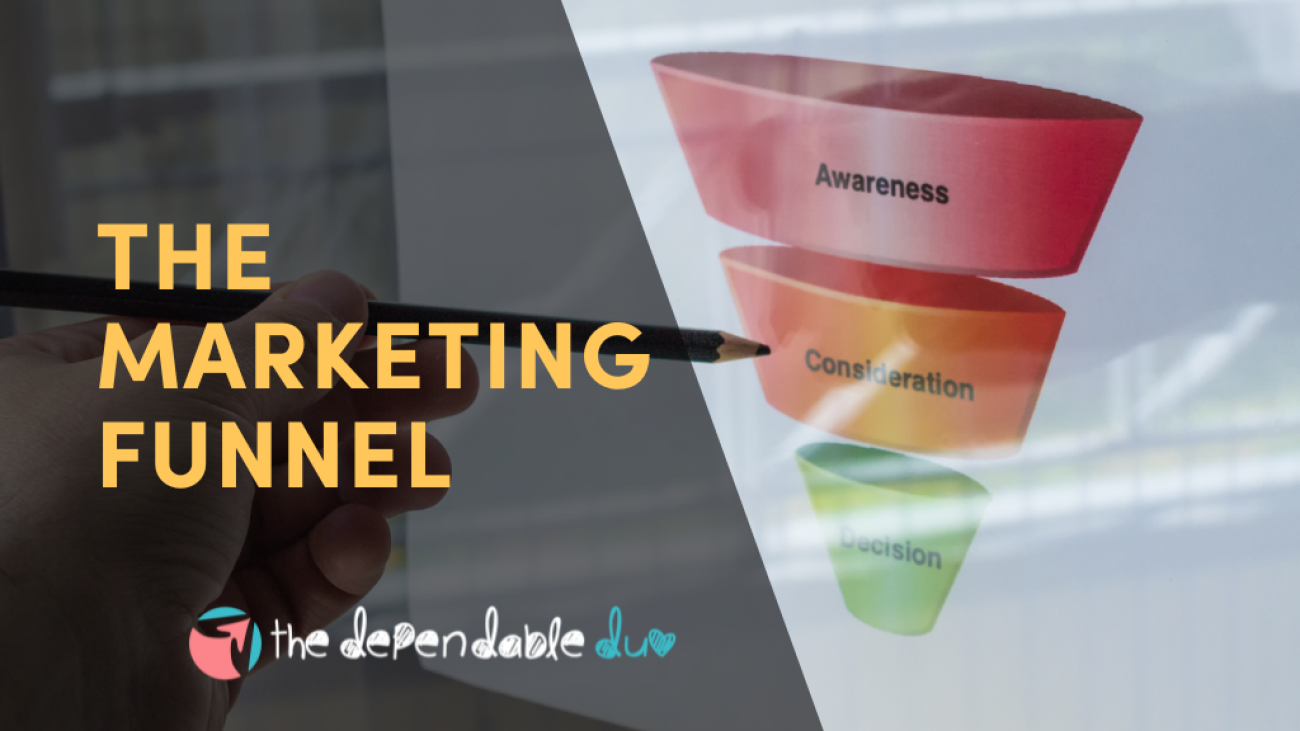When it comes to marketing, understanding your customer’s journey is crucial. Enter the Marketing Funnel — a visual representation of how potential customers move from first hearing about your brand to becoming loyal advocates.
The Marketing Funnel
The Marketing Funnel breaks down this journey into six key stages, helping businesses streamline their strategies for better results. Let’s dive into each of these stages and explore how they work together to create a seamless path from awareness to advocacy.
1. Awareness
The first and widest stage of the funnel is Awareness. This is where you attract your target market’s attention and make them aware of your brand, product, or service. At this stage, your audience might not even know they have a problem or need that your business can solve, so your goal is to educate and inform.
Effective strategies for the awareness stage include:
- Social media marketing
- Content marketing (blog posts, infographics, videos)
- Paid ads
- Influencer partnerships
Your objective here is to cast a wide net and generate initial interest from potential customers.
2. Interest
Once you have their attention, it’s time to build Interest. At this stage, your audience is aware of their problem and begins to seek out solutions. They may start researching options, which is why it’s essential for your marketing efforts to clearly communicate how your product or service can help.
Strategies to engage interest:
- Email marketing
- Detailed blog posts or case studies
- Free resources like eBooks, guides, or webinars
You want to position your brand as a credible and valuable solution to their problem.
3. Consideration
In the Consideration stage, potential customers are weighing their options and comparing your brand to others. This is a critical phase where you need to demonstrate why you are the best choice. They need to feel confident that your solution will solve their problem better than the competition.
Tactics for this stage might include:
- Product demos or free trials
- Customer testimonials and reviews
- Comparison guides
Make it easy for them to see how your offering meets their needs more effectively than other options in the market.
4. Action
The Action stage is where all your efforts culminate—the customer is ready to make a purchase. At this point, your primary goal is to remove any last-minute barriers and make the purchasing process as seamless as possible.
Action-oriented strategies include:
- Clear and compelling calls-to-action (CTAs)
- Limited-time offers or discounts
- Easy and intuitive checkout processes
- Follow-up emails reminding them of their cart or any incentives
This is the moment where leads turn into customers, so make sure there’s no friction in their decision to move forward.
5. Loyalty
After the sale, the journey doesn’t end. Now comes the Loyalty phase, where your focus shifts to maintaining a positive relationship with your customers. Your goal is to keep them coming back to do business with you over time.
Strategies to build loyalty:
- Post-purchase emails and support
- Loyalty programs or rewards
- Regular updates and communication
Satisfied customers are more likely to become repeat buyers, so nurturing these relationships is key.
6. Advocacy
Finally, the narrowest and most valuable part of the funnel is Advocacy. In this stage, loyal customers become advocates for your brand, spreading the word and recommending your product or service to others. Word-of-mouth marketing is incredibly powerful, as potential customers are more likely to trust recommendations from friends, family, or influencers.
Encourage advocacy by:
- Creating referral programs
- Encouraging reviews and testimonials
- Featuring user-generated content on social media
By turning customers into advocates, you create a self-sustaining cycle of growth for your brand.
Conclusion
The marketing funnel is an invaluable tool for guiding your potential customers through their buying journey—from awareness to advocacy. By crafting targeted strategies for each stage of the funnel, you not only increase the likelihood of converting leads into loyal customers but also encourage them to spread the word, helping your business grow organically.
Understanding and optimizing each stage of the marketing funnel allows you to create a more focused, effective, and impactful marketing strategy that delivers real results.




